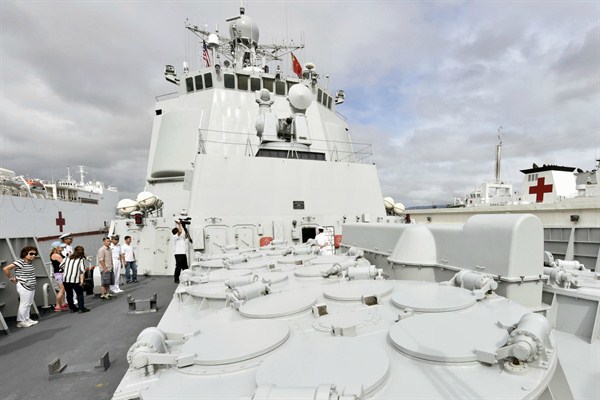On July 23, China conducted its third declared ballistic missile defense (BMD) test in the past four years, with the Defense Ministry announcing afterward that the test had “achieved the desired objectives.” But it would be premature to conclude that Beijing now embraces BMD. China lacks the capabilities to establish an operational missile defense network, even as Chinese officials continue to attack U.S.-sponsored BMD efforts. Instead, the recent tests are designed primarily to overcome adversary missile defenses as well as to develop China’s anti-satellite systems, a capability renounced by the United States as strategically destabilizing, which ironically is the same argument the Chinese make about BMD.
The People’s Liberation Army (PLA) previously conducted announced missile defense tests in January 2010 and January 2013. Although the Chinese government has provided fewer details about the latest test, an anonymous Chinese military expert said that the PLA on this occasion had tested an intermediate-range battlefield system comparable to the U.S. Terminal High Altitude Area Defense (THAAD) system. The two previous tests involved a “land-based mid-course missile interception,” which in U.S. terminology implies a system having a range comparable to the THAAD or the Navy’s Standard Missile-3 systems.
Nonetheless, China has not deployed an operational BMD system or given any indication that it plans to expand its BMD activities beyond approximately yearly tests of these capabilities. Such a limited testing program is insufficient to confirm the ability to conduct extensive BMD interceptions. Rather, it seems designed to allow Chinese analysts to anticipate how BMD might operate on the battlefield. Specifically, the PLA wants to learn how the United States, Japan, India and other potential adversaries might employ defenses against China’s missiles. With an air force and navy that remain relatively weak, the PLA relies heavily on its missiles for power projection.

